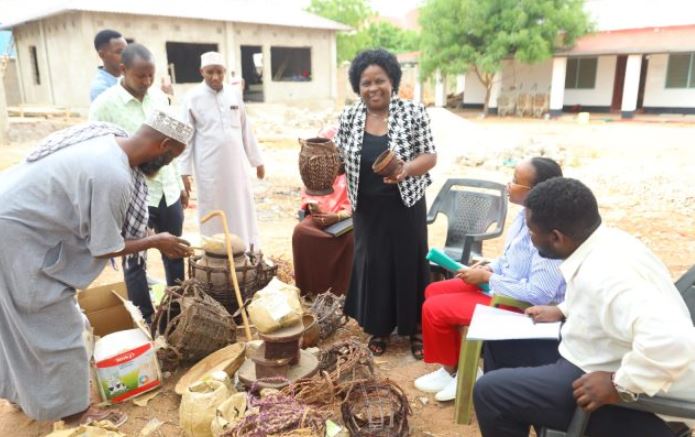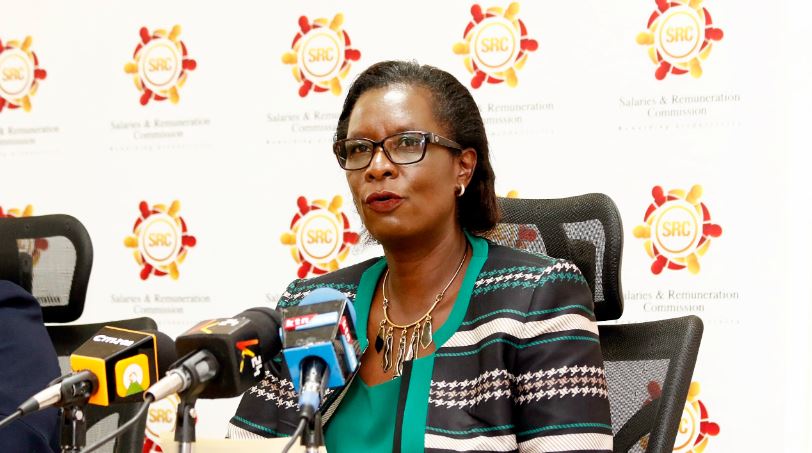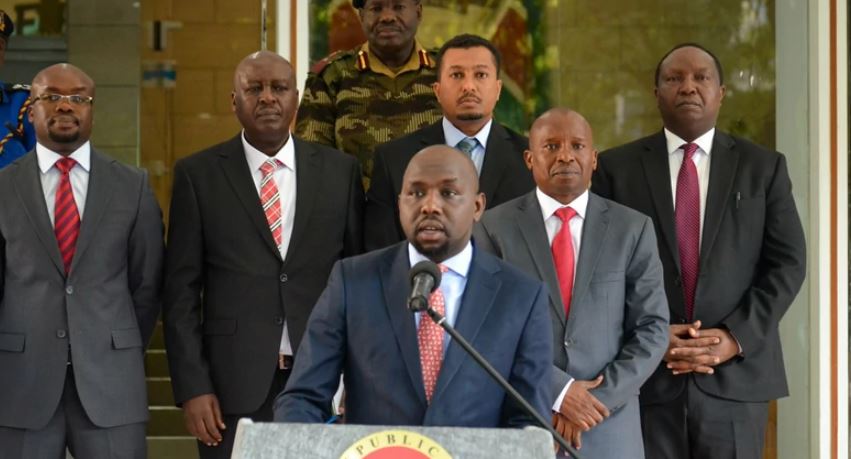 The Intergovernmental Relations Technical Committee (IGRTC) and the National Museums of Kenya are currently transferring museum functions and resources to eight counties on behalf of the national government.
The Intergovernmental Relations Technical Committee (IGRTC) and the National Museums of Kenya are currently transferring museum functions and resources to eight counties on behalf of the national government.
The counties receiving these functions are Trans-Nzoia, Narok, Kisumu, Wajir, Isiolo, Meru, Marsabit, and Lamu. Wajir is the third county, following Trans-Nzoia and Narok, to assume control of the museum function.
During the verification of Wajir Museum assets to assess their condition before the final transfer and official signing of an Intergovernmental Partnership Agreement (IPA), IGRTC Vice Chairperson Saadia Kontoma emphasized the committee’s commitment to transferring duly verified assets. This aims to enhance Wajir County’s capacity to effectively execute services related to the devolved function.
The Vice-Chair reiterated the importance of collaboration between government levels in spearheading developmental processes. She underscored the significance of synergy between national and county governments in advancing socio-economic progress and ensuring effective governance at the grassroots level.
The Wajir Museum was officially inaugurated on April 19th, 2011. Wajir was occupied in 1912 to prevent the Boranas from being displaced from the Wells, originally belonging to them, by other tribes. British Officers arrived at Wajir in 1913.
From 1921 to September 1925, the military administered the district until it reverted to civil administration.
In 1928, the boundary shifted north of Modo Gashe to the line of Uaso Nyiro and Lake Dera. Until 1917, Bulsesa was a sub-district of Wajir, but in 1918, Wajir became its own district.
The Wajir headquarters were evacuated in 1940 during the Italian invasion. Aside from that period, Wajir has remained a full district since 1918.
The northern part of Kenya comprises nine communities: Borana, Rendile, Turkana, Elmolo, Pokot, Samburu, Somali, Dasanach, and Gabbra.








